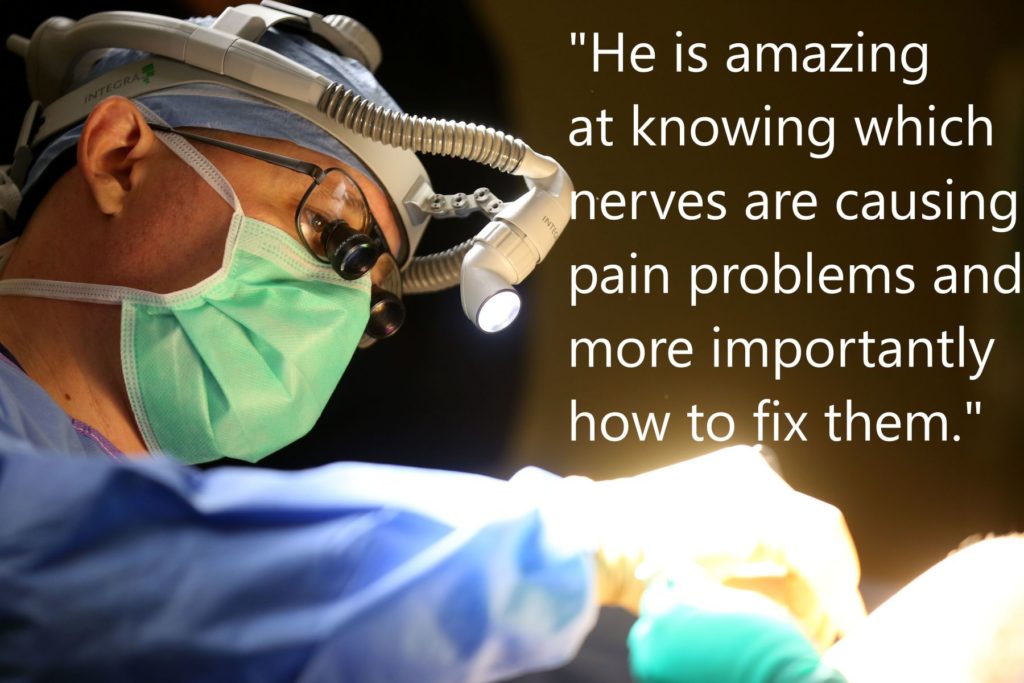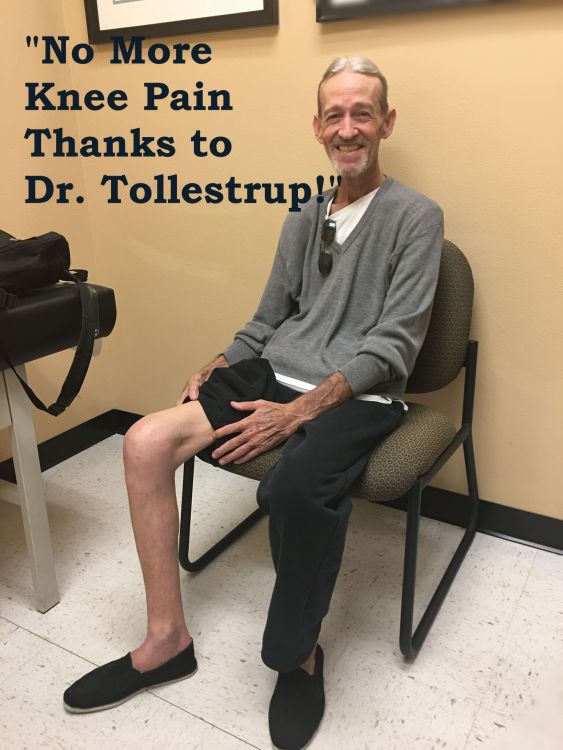Why Peripheral Nerve Surgery Is Not Widely Accepted
Why most doctors don’t know about peripheral nerve surgery is a complicated question and is at the heart of why so many of my patients endure unnecessary surgeries and years or chronic pain. In my opinion there are three reasons why the peripheral nervous system is so poorly understood by the medical community.
First, the traditional approach to chronic pain has been to treat it medically. Despite many advances in modern medicine, patients who develop chronic pain are still often left with treatment options that would have been familiar to the ancient Egyptians more than 5 millennia ago – opium based pain medication.A better approach than handing a patient a pack of pills is to investigate the origin of the pain. However, once the patient crosses the threshold from acute pain to chronic pain, the medical community rapidly shifts it’s primary objective from identifying the source of the pain and eliminating it, to the goal of simply managing the chronic pain, condemning the patient to pain for life. The focus then rapidly shifts to managing the chronic pain and the patient is condemned to a life of living with the pain. Instead of the status quo, the approach should be an investigation to identify which part of the patient’s body is painful and what nerve or nerves go to that area. Then those nerves should be evaluated to see if they show signs of nerve damage and if they do, the appropriate surgical steps should be taken to correct the problem. This would provide a solution to much of the chronic pain that exists in the world today. Instead, chronic pain patients, with few exceptions, end up being treated with technology that’s essentially 5,000 years old.

The husband of a patient expresses gratitude to Dr. Tim Tollestrup after his wife had successful nerve decompression surgery.
The second reason is intertwined with the first and has to do with the profound lack of knowledge that exists among virtually all physicians and other medical professionals regarding the complex anatomy of the peripheral nervous system. The peripheral nervous system is made up of all the nerves in the body with the exception of the brain and spinal cord. Once nerves leave the skull or bony spine, they become part of the peripheral nervous system. The anatomy is incredibly complex and if that weren’t bad enough, it can vary significantly from one person to another, especially as the nerves divide into smaller and smaller branches.This is compounded by the fact that very little peripheral nerve anatomy is taught at any stage of a doctor’s medical or surgical training. In addition, doctors don’t learn how various peripheral nerve problems present and the classic stories that go along with them, like they do for coronary artery disease, acute appendicitis, or symptomatic gallstones. As a result, peripheral nerve-related chronic pain problems are like listening to a foreign language being spoken. Eventually the physician or surgeon treating the patient gets frustrated or bored and passed them along to languish in the pain management setting in perpetuity.
Third, it is very difficult to create and disseminate new knowledge in medicine. There are many obstacles in the way. Most physicians have a default position of being very skeptical of new concepts or treatments, which is not necessarily a bad thing. Beyond that, however, this knowledge threatens some fields of medicine who view it as a direct threat to either their income or to their ego or both. Physicians or surgeons who have spent years in training are usually resistant to the idea that there is a whole field of anatomy, pathology and treatment related to chronic pain of which they know little-to-nothing about. Another reason is the amount of new information that is constantly being generated in medicine. Most doctors do well to read just one journal in the own field of expertise regularly, much less absorb new information outside their chosen area of practice.
These are the three reasons why peripheral nerve surgery is still uncharted territory for most people in the medical community. My hope is that in the next decade peripheral nerve surgery becomes more mainstream and better understand. It is only then that we can hope to impact the lives of the millions of people who suffer from chronic pain.
If you or someone you know suffers from chronic pain, call my office at 702.666.0463. There is a good chance I can help them just like I have helped hundreds of patients. Here are a few of my success stories below.
Tim Tollestrup MD
Peripheral Nerve Surgery Success Stories

Knee Pain Gone Thanks to Surgery from Dr. Tollestrup.
